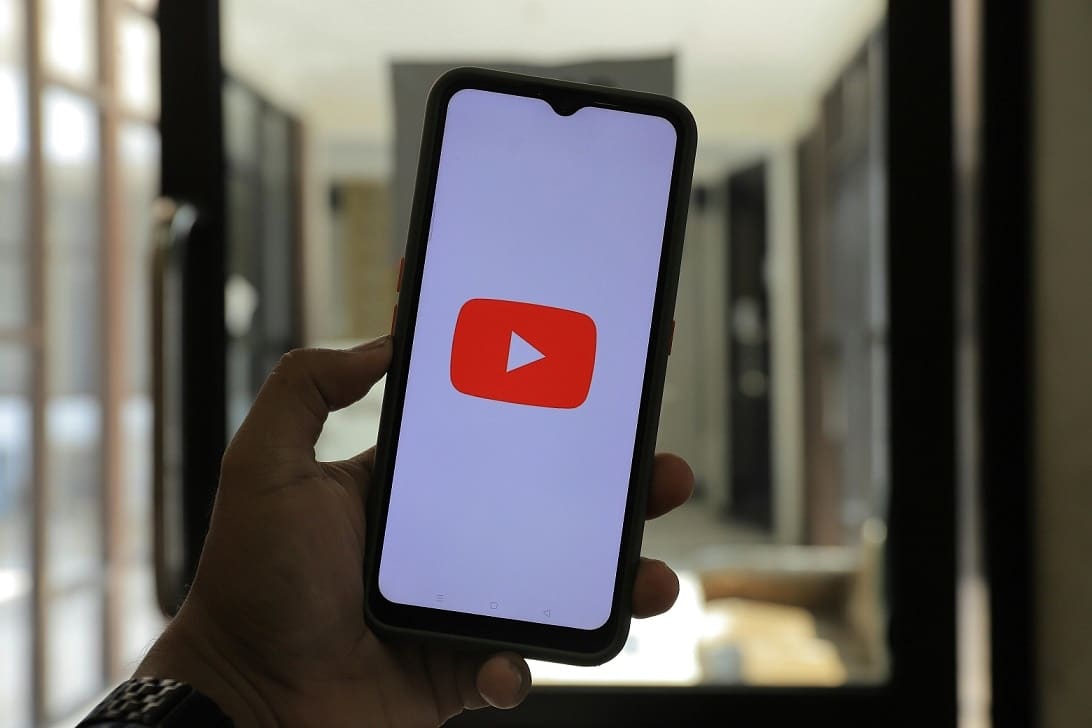Knowledge base

Blog
Legalweek 2025: Key takeaways and industry insights
Verbit would like to thank everyone who took the time at…
Blog
Legalweek 2025: How AI is transforming legal training for young attorneys
The legal industry is undergoing a profound transformation driven by advances…
Blog
Video engagement guide: Metrics and best practices explained
For businesses across nearly every industry, video content continues to dominate…
Accessibility legislation
Understanding Title III of ADA compliance
In the United States, the Americans with Disabilities Act (ADA) is…
Blog
Verbit teams up with Manchester City FC to bring live subtitles to matchday events
Verbit is thrilled to be providing subtitles for Manchester City FC…
Blog
SXSW 2025 recap: Takeaways, AI trends and the evolving media landscape
SXSW 2025 has wrapped, and Verbit would like to thank everyone…
Blog
Government agency report highlights AI’s risks and benefits for people with disabilities
The US Access Board, an independent federal agency focused on accessible design…
Blog
Jordan Matter targets global YouTube audience with dubs from Verbit
YouTube reported 2 million views of dubbed audio in January 2023….
Accessibility legislation

